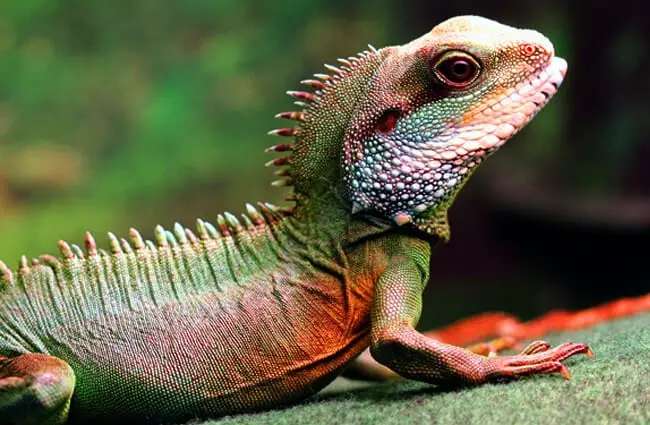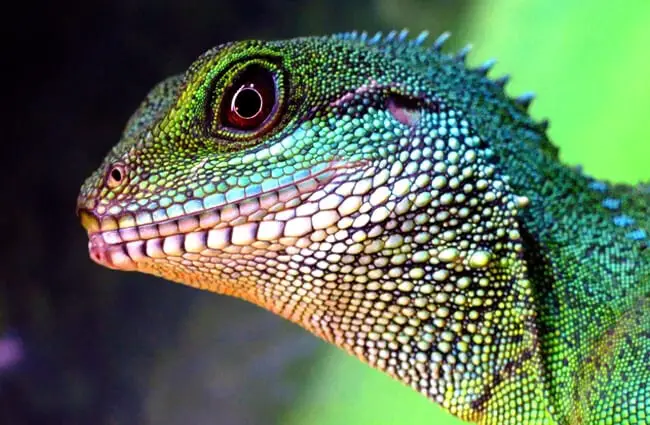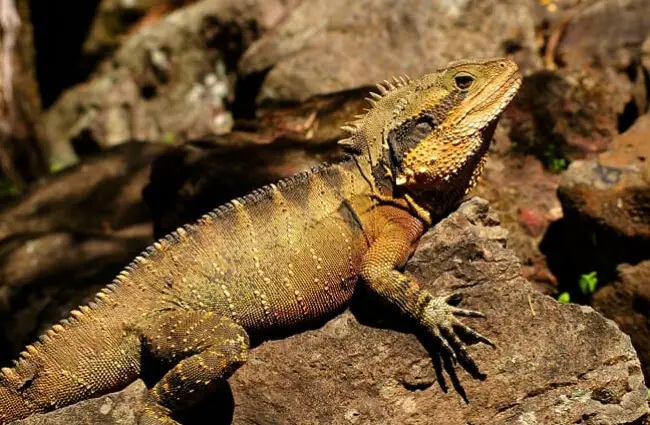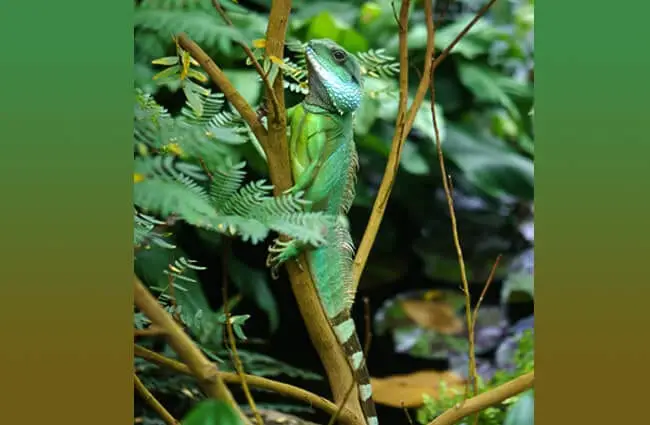Unveiling the Mysteries of the Water Dragon
Few creatures evoke the mystique of Southeast Asia quite like the Water Dragon. Often blending seamlessly into its environment, this remarkable reptile holds a unique place in both the ecosystem and local folklore. While the name conjures images of mythical beasts, the Water Dragon is a very real, and increasingly studied, lizard with a fascinating life history.

What is a Water Dragon?
The term “Water Dragon” generally refers to several species within the genus Intellagama, primarily the Chinese Water Dragon (Intellagama sinensis) and the Eastern Water Dragon (Intellagama lesueurii). These are large lizards, capable of reaching impressive lengths of up to a meter, including their exceptionally long tail – which often comprises more than half of their total length. They are easily identified by the prominent dorsal crest and spines running along their back, and the strong, muscular tail which is used for both propulsion in water and as a counterbalance when climbing.
Physical Characteristics
- Size: Typically 60-100 centimeters in total length
- Weight: Variable, but generally between 1 and 3 kilograms
- Coloration: Highly variable, ranging from shades of brown and grey to green, allowing for exceptional camouflage
- Distinguishing Features: Prominent dorsal crest, long tail, strong limbs, and webbed feet.
Habitat and Distribution
As their name suggests, Water Dragons are closely tied to aquatic environments. They inhabit rainforests, monsoon forests, and areas with permanent water sources such as rivers, streams, and swamps throughout Southeast Asia. The Chinese Water Dragon is found in southern China, Laos, Vietnam, and Cambodia. The Eastern Water Dragon boasts a wider distribution, found throughout eastern and northern Australia, as well as Papua New Guinea and parts of Indonesia.

Finding Water Dragons in the Wild
Water Dragons are notoriously shy and adept at camouflage, making spotting them challenging. The best time to search is during the warmer months when they are more active. Look for them basking on logs or branches near the water’s edge, or submerged in the water with only their eyes and nostrils visible. They prefer areas with dense vegetation providing cover. Approaching slowly and quietly is crucial to avoid startling them.
Diet and Hunting Strategies
Water Dragons are opportunistic carnivores, with a diet consisting primarily of insects, crustaceans, small fish, and occasionally small mammals or birds. They are skilled hunters, utilizing a “sit and wait” strategy, patiently ambushing prey from concealed positions. Their powerful jaws and sharp teeth are well suited for capturing and consuming their meals. They are also known to forage along the water’s edge, probing for invertebrates in the mud and vegetation.
Reproduction and Life Cycle
Water Dragons typically breed during the warmer months, with mating rituals involving elaborate displays of head bobbing and dewlap extension. Females lay clutches of 10-20 eggs in nests constructed near water sources. These nests are usually built within decaying vegetation or in burrows excavated into the riverbank. Incubation lasts approximately 60-80 days, with hatchlings emerging fully independent and immediately capable of foraging for themselves. They reach sexual maturity after 2-3 years.

Ecological Role and Interactions
Water Dragons play an important role in their ecosystem as both predators and prey. They help to control insect populations and serve as a food source for larger predators such as crocodiles, snakes, and birds of prey. Their presence indicates a healthy aquatic environment, making them valuable indicators of ecosystem health. They frequently coexist with other lizard species, but territorial disputes can occur, especially among males during breeding season.
Interactions with Humans
Historically, Water Dragons have been a part of local folklore and mythology in Southeast Asia. They are often revered as symbols of good luck and prosperity. However, habitat loss and hunting for food and the pet trade pose significant threats to their populations in some areas. Increasing awareness of their ecological importance is vital for their conservation.
Water Dragons in Captivity
Water Dragons are increasingly popular in the exotic pet trade. However, their complex needs require experienced keepers. Providing a large enclosure with both terrestrial and aquatic areas is essential. Temperature and humidity must be carefully regulated, and a varied diet of insects, fish, and formulated reptile food must be provided. They require UVB and heat lamps for proper vitamin D synthesis and thermoregulation. Enrichment, such as climbing branches and basking spots, is crucial for their well-being. It’s important to note that keeping Water Dragons is illegal in some jurisdictions, and prospective owners should verify the legality before acquiring one.

Evolutionary History
The evolutionary history of Water Dragons is intertwined with the broader evolution of the Agamidae family, which encompasses a wide range of lizards. Fossil evidence suggests that the Intellagama genus diverged from other Agama lineages millions of years ago. Their adaptation to semi aquatic life is thought to have driven many of their unique characteristics, such as webbed feet and a laterally flattened tail. Ongoing research continues to unravel the intricate details of their phylogenetic relationships and evolutionary pathways.
Interesting Facts
- Water Dragons can remain submerged for up to 20 minutes.
- They communicate using a combination of visual displays and scent marking.
- Their tail can detach as a defense mechanism, but it does not regenerate.
- They are excellent climbers, utilizing their strong limbs and sharp claws to navigate trees and branches.
- They are diurnal, meaning they are most active during the day.

A Future for Water Dragons
The Water Dragon, a captivating testament to the biodiversity of Southeast Asia, deserves our protection. By understanding their ecological needs and the threats they face, we can work towards ensuring their survival for generations to come. From their role in maintaining ecosystem health to their enduring presence in local culture, Water Dragons are a treasure worth preserving.

![Red Angus Closeup of a beautiful Red Angus cowPhoto by: U.S. Department of Agriculture [pubic domain]https://creativecommons.org/licenses/by/2.0/](https://animals.net/wp-content/uploads/2020/03/Red-Angus-4-238x178.jpg)




![Red Angus Closeup of a beautiful Red Angus cowPhoto by: U.S. Department of Agriculture [pubic domain]https://creativecommons.org/licenses/by/2.0/](https://animals.net/wp-content/uploads/2020/03/Red-Angus-4-100x75.jpg)

